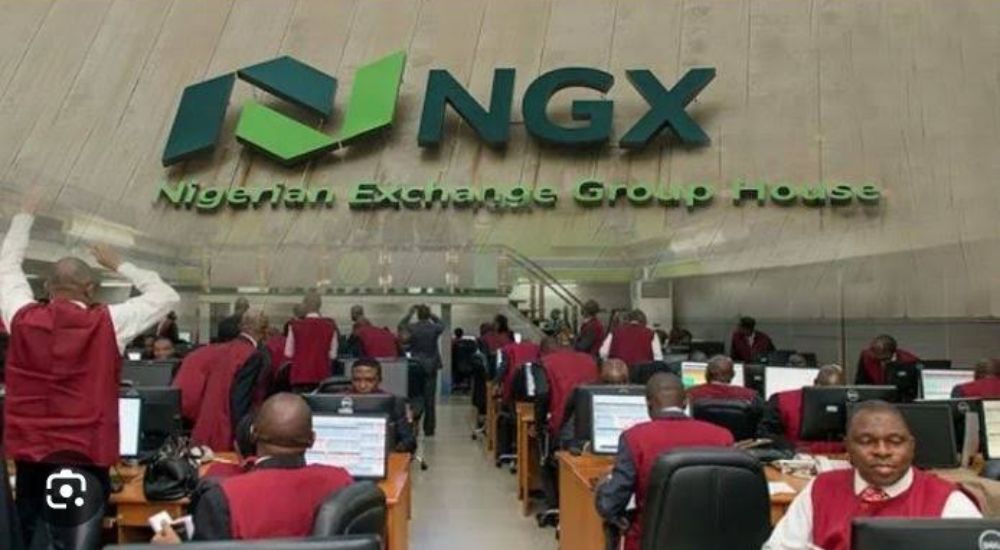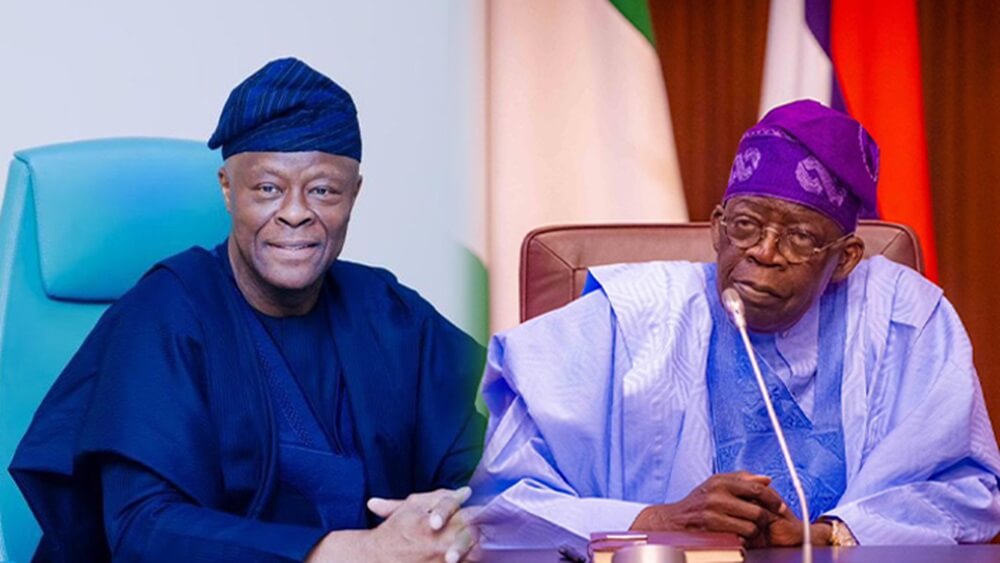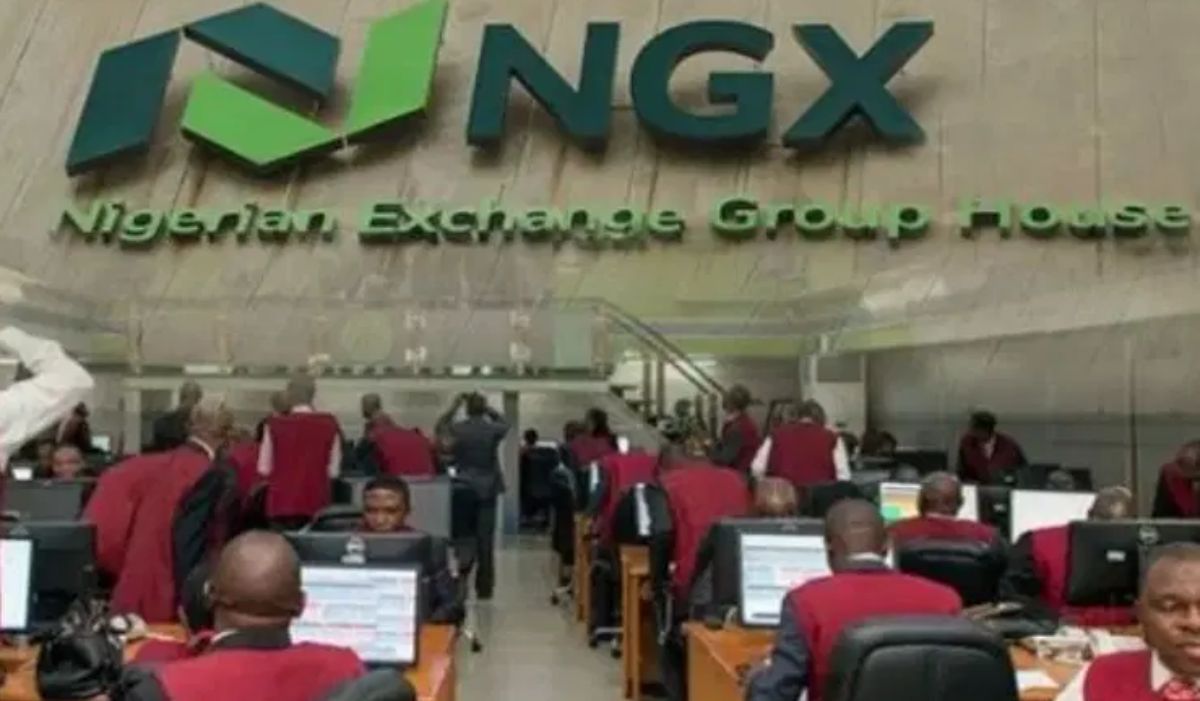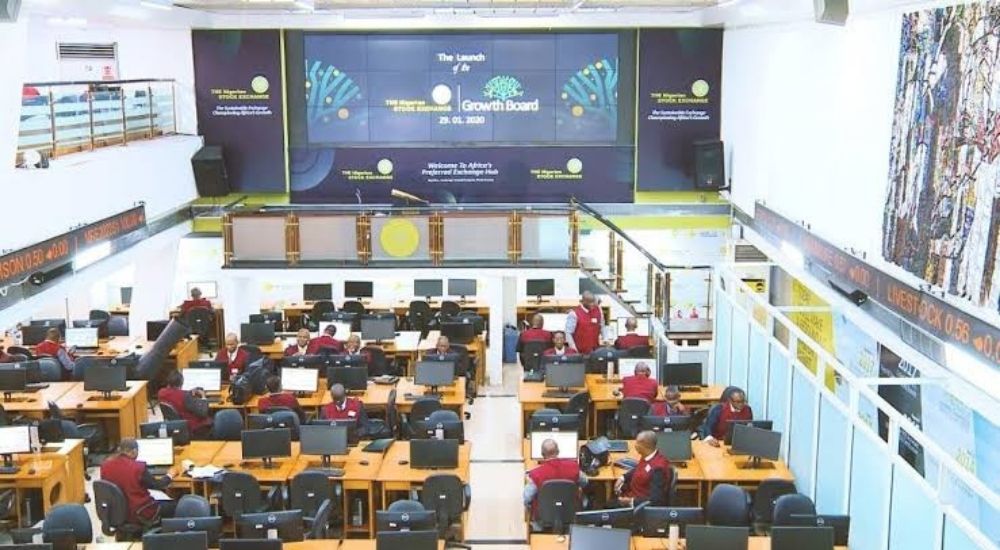Ghana’s Cedi Emerges as World’s Top-Performing Currency in 2025

The Ghanaian cedi has delivered an extraordinary performance in 2025, appreciating nearly 50 percent against the US dollar to become the world’s best-performing currency this year.
Market data reveals the cedi’s remarkable journey from approximately ₵15 per dollar at the start of 2025 to current levels approaching the ₵10 resistance threshold.
On Monday, the currency opened at GH₵10.21, representing a 7% gain from Friday’s closing rate of GH₵10.98. (Note: If Friday’s rate was GH₵10.25, a move to GH₵10.21 is not a 7% gain — this needs numerical correction.)
This dramatic turnaround marks a stunning reversal from 2022, when the cedi earned the unfortunate distinction of being the world’s worst-performing currency, plummeting over 55% due to rampant inflation and a debt crisis that led to default.
Despite the impressive gains, Bank of Ghana Governor Johnson Asiama has adopted a measured stance on the currency’s surge, emphasizing the need for balanced policy management.
“Stability doesn’t mean fixation,” Asiama stated, highlighting the importance of maintaining currency strength while preserving Ghana’s export competitiveness in international markets.
The central bank has implemented aggressive monetary tightening measures, including a surprise 100-basis-point interest rate hike in March 2025, which pushed the policy rate to 28%. This move aimed to combat persistent inflation and attract foreign investment.
Ghana’s currency revival reflects both comprehensive economic reforms and favorable external conditions. The Bank of Ghana transitioned from limit-order-based forex controls to a spot-market auction system, improving dollar liquidity for businesses while reducing speculative currency hoarding.
Inflation has shown significant improvement, declining to 21.2% in April, though it remains well above the central bank’s 6–10% target range.
Ghana’s ascension to become the world’s sixth-largest gold producer has provided crucial support for the cedi’s recovery. Gold prices surged from $2,000 per ounce in 2024 to $3,400 by May 2025, boosting export revenues from $7.6 billion in 2023 to $11.6 billion in 2024.
The government’s Gold Board initiative, which requires domestic gold purchases to be settled in cedis before export, has substantially bolstered the country’s reserves. Gold holdings increased from 9 tons in late 2023 to 31 tons currently, while foreign exchange reserves reached a record $11.4 billion by March 2025.
Combined with oil and non-traditional exports, Ghana achieved a trade surplus of $4.3 billion in 2024, providing sustained support for the currency.
Ghana’s three-year International Monetary Fund (IMF) program, which includes a $3 billion bailout package, has established a foundation for macroeconomic stability. The program emphasizes demand-management policies to restore economic equilibrium following the turbulent period from late 2022 through 2023.
Government austerity measures — including the suspension of ₵65 billion in arrears payments and the reduction of Treasury bill yields from 28% to 15% — have alleviated debt pressures and restored investor confidence.
Political stability under President Mahama’s administration, attributed to comprehensive economic reforms, has further strengthened market sentiment toward Ghana’s recovery prospects.
While celebrating the cedi’s remarkable performance, economists warn that monetary policy easing may be delayed due to rising utility costs and ongoing inflationary pressures. Aggressive interest rate cuts at this stage could potentially reignite inflation or trigger speculative attacks against the currency.
The central bank now faces the delicate task of maintaining the cedi’s strength while ensuring Ghana’s exports remain competitively priced in global markets, as the country continues to recover from one of the most severe economic crises in its recent history.





